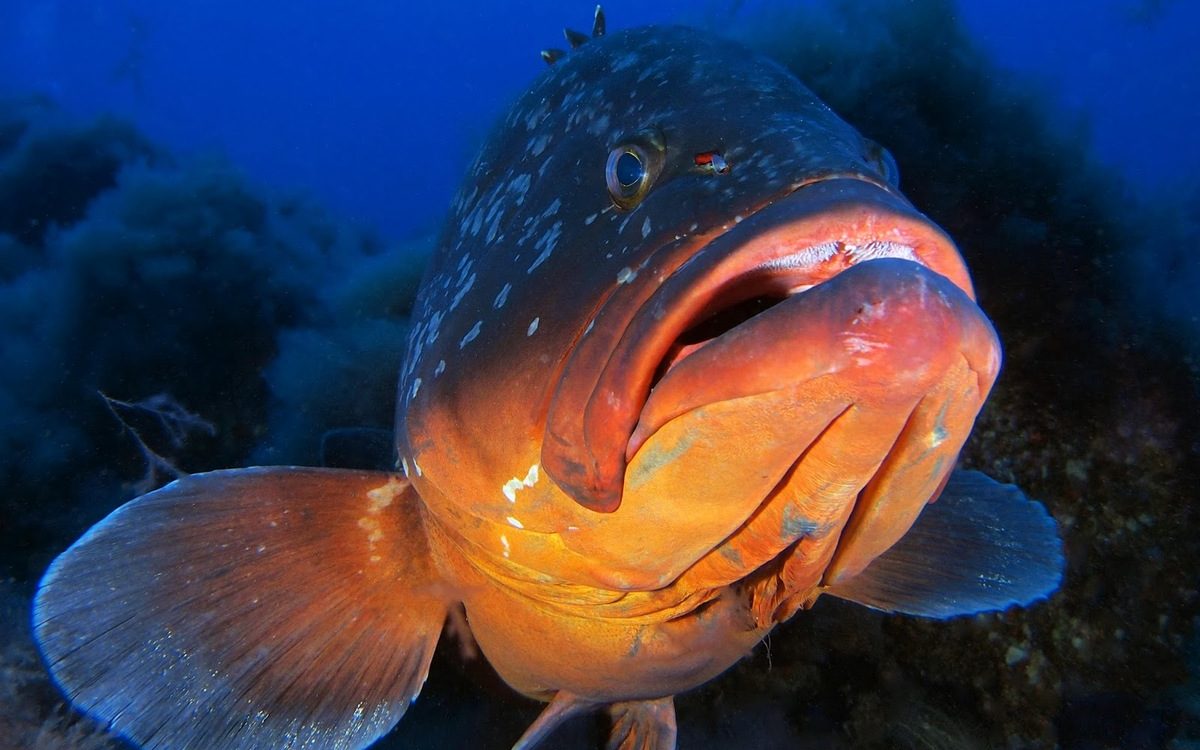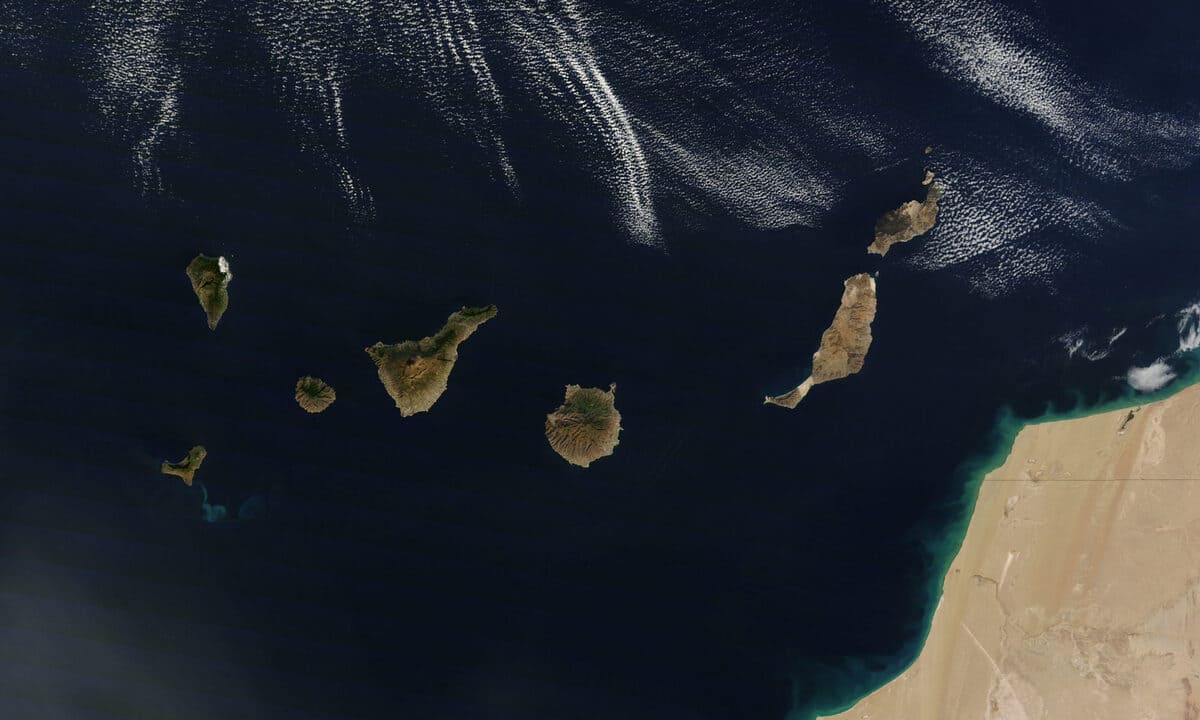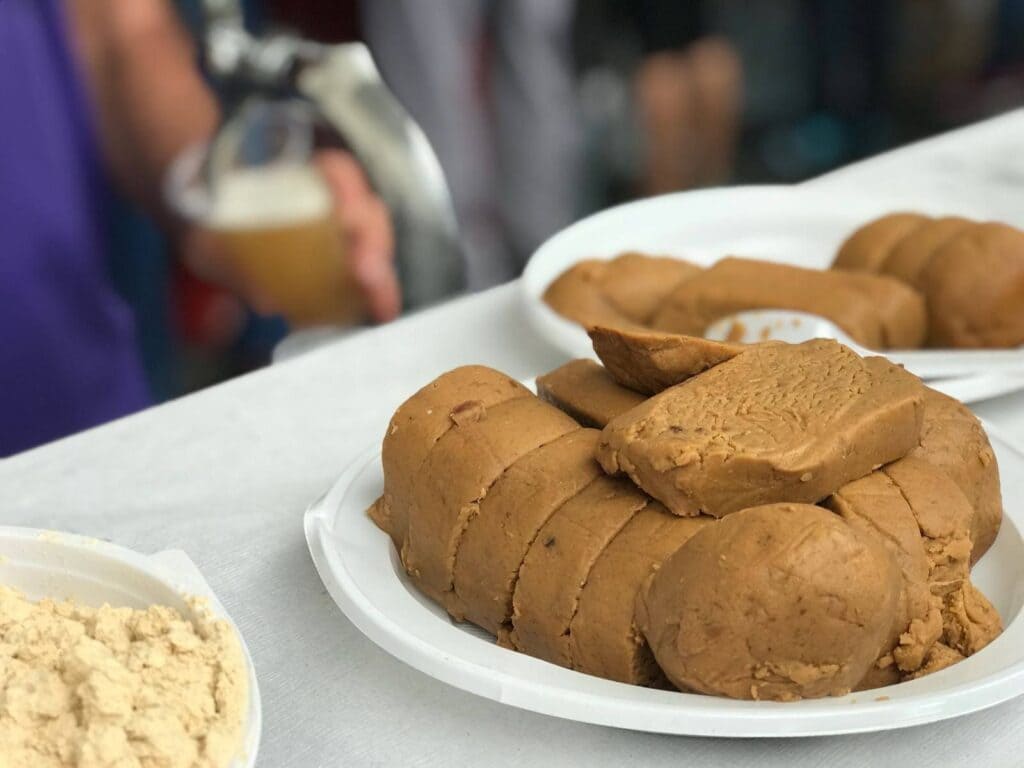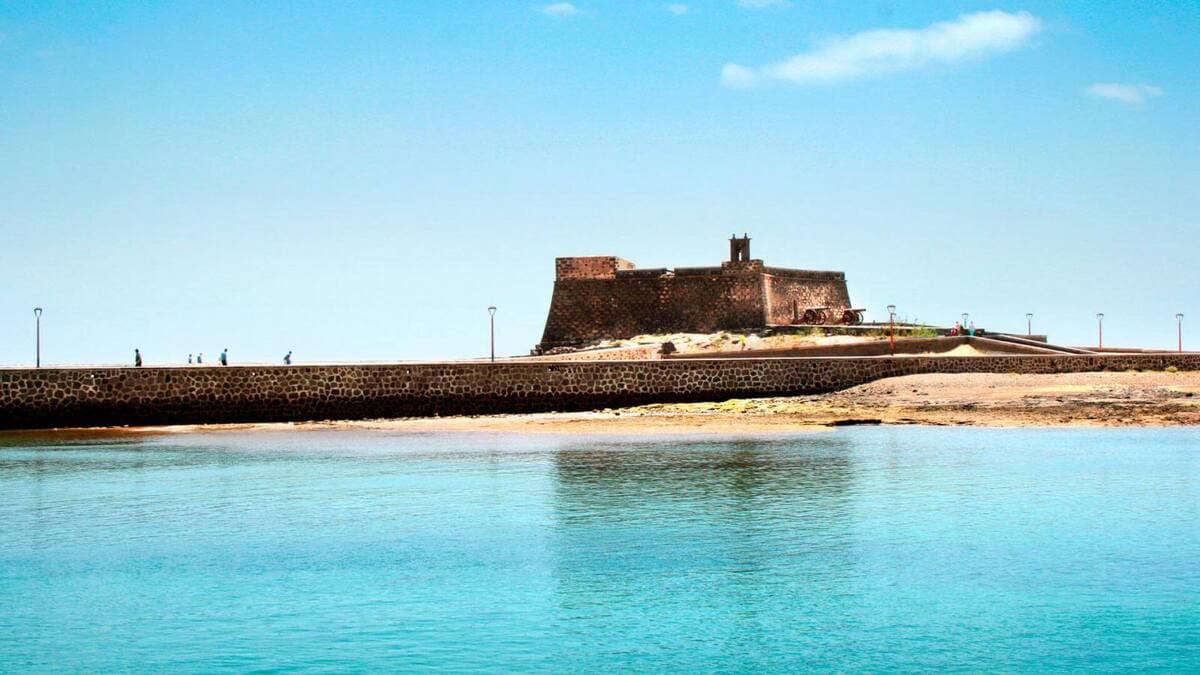The huesera canaria is a percussion instrument made of several bones, usually goat bones, arranged in parallel and tied at the ends. It is worn around the neck and is played with a castanet. It is a typical and traditional Canarian instrument of the parrandas.
In France, Spain and Portugal the term gin is used to refer to the huesera, which suggests a common etymological origin that could well be the French word genèvre, noise.
The canarian huesera as a typical instrument: its features
As we mentioned before, the huesera canaria is a musical instrument, made with a series of nine bones of lamb or goat, placed in parallel from smallest to largest and with strings at the ends. It is an instrument of rubbed percussion, by means of a castanet, which also receives the name of arrabel, in addition to the already mentioned name of gin.
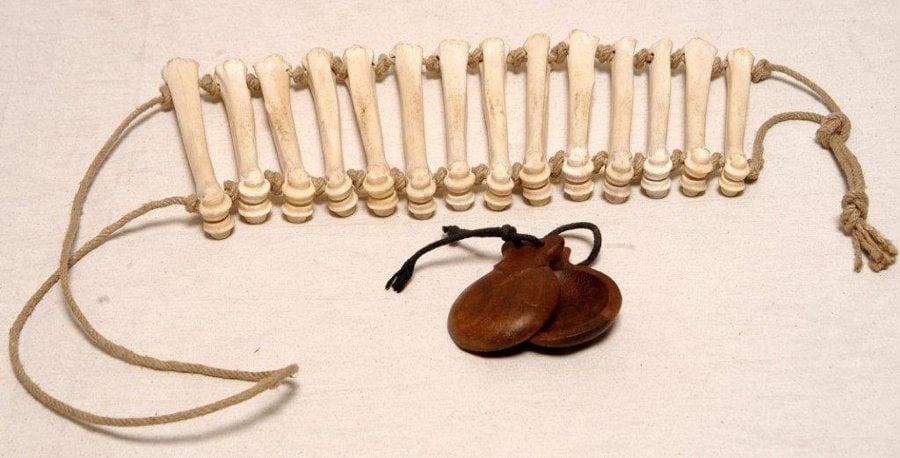
Normally, the bones are composed of a series of eight to fourteen lamb bones, belonging to the legs: tibias, metatarsals or other elongated bones. In the upper part it has a cord by which it is hung to the neck and in the lower part another one that serves to tighten the instrument with the hand, while with the right hand it is rubbed with the castanet producing the desired rhythm.
The huesera is known in most of the central part of the peninsula, as well as in the Canary Islands; in some places it is made of wood or canes. The hueseras made from reeds are known in Tierra de Campos as escalinata. Although it is sometimes used in rondallas and groups throughout the year, its most frequent use is at Christmas time, to accompany Christmas carols.
The folklore of the Canary Islands
Some musicologists affirm that the folklore of the Canary Islands arises from the mixture of a series of differentiated musical traditions. In the first place, it is based on the music of aboriginal roots. To this is added the influence of the peninsular musical culture, including the Castilians and also the Lusitanians, who arrived with the conquest. Later, there are contributions of Caribbean music brought by the Canary emigrants on their return to the islands.
The rich and varied musical folklore of the Canary Islands originates in that first mixture of cultures, to which must be added, later on, the influences generated by the Genoese, Jewish, Flemish and British traders, as well as the human flow between the Canary Islands and America.
History of folklore in the islands
At the time of the conquest and colonization of the Canary Islands, the so-called "Canary Dance" spread through the European courts. This was a dance practiced by the aboriginal Canary Islanders transported to the continent, of which few references remain. Apparently, current dances such as the tajaraste, the tango herreño or the sirinoque are related to that "Baile del Canario" of the time. Of these, the sirinoque palmero is the one with more aboriginal influence.
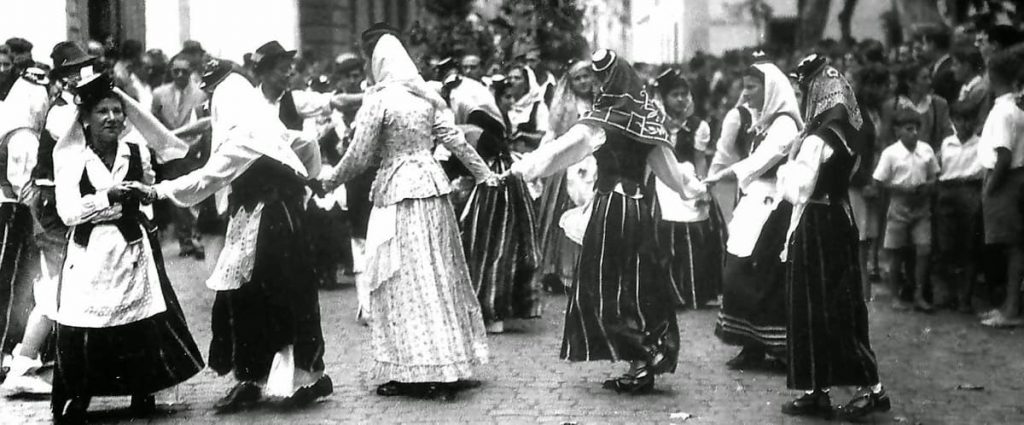
Around the 16th century, a type of funeral songs, the endechas, which do not have their origin in the islands. On the contrary, they are possibly a Jewish contribution, but they became so deeply rooted in the Canarian people that they were included in the songbooks of the time as "Endechas de Canaria". The descendants of the aborigines sang them in their own language. Nowadays , isas, folías and malagueñas are the most popular genres.
The canary huesera and other instruments used in the folklore of the Canary Islands.
The history and geographical location of the Canary Islands have allowed European, American and African influences to reach the archipelago over the centuries. Transferring this flow of influences to the field of musical folklore, it is possible to understand how musical instruments with roots outside the islands can be found. For example, the mandolin, of European origin, the Venezuelan cuatro, coming from Latin America, or the "bucio", an instrument of aboriginal descent, with African roots. It is also important to mention the adaptation and creation of new instruments of entirely Canary Island origin, such as the timple.
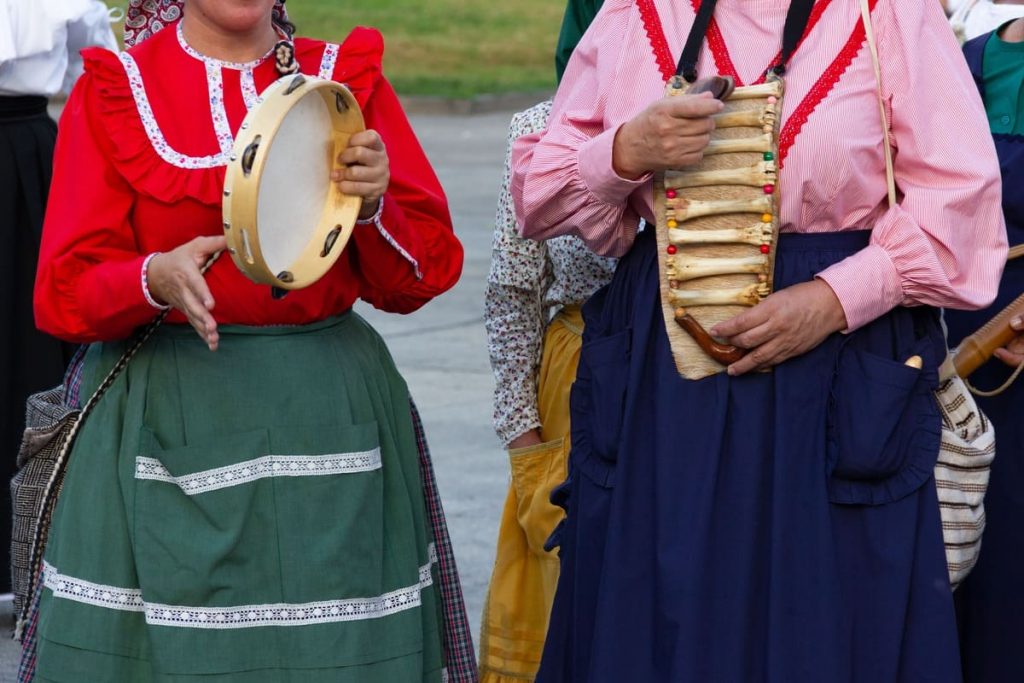
Among the most characteristic idiophone instruments of the Canarian folklore, besides the huesera canaria, we would also have, the lapas, the chácaras or castañetas herreñas, the chácaras gomeras, the castanets of La Palma, the clave, the tambor gomero, the tambourine, the tambor herreño, the tambor palmero or sirinoque, the tambor del rancho de Valsequillo, the pandero de ranchos, the espada and the bombo.
The Canary Islands is a land with a thousand things to see, explore and learn about. If you are interested in knowing more interesting facts about the Canary Islands, its culture and traditions, we leave you below the link to the section Culture and traditions.
